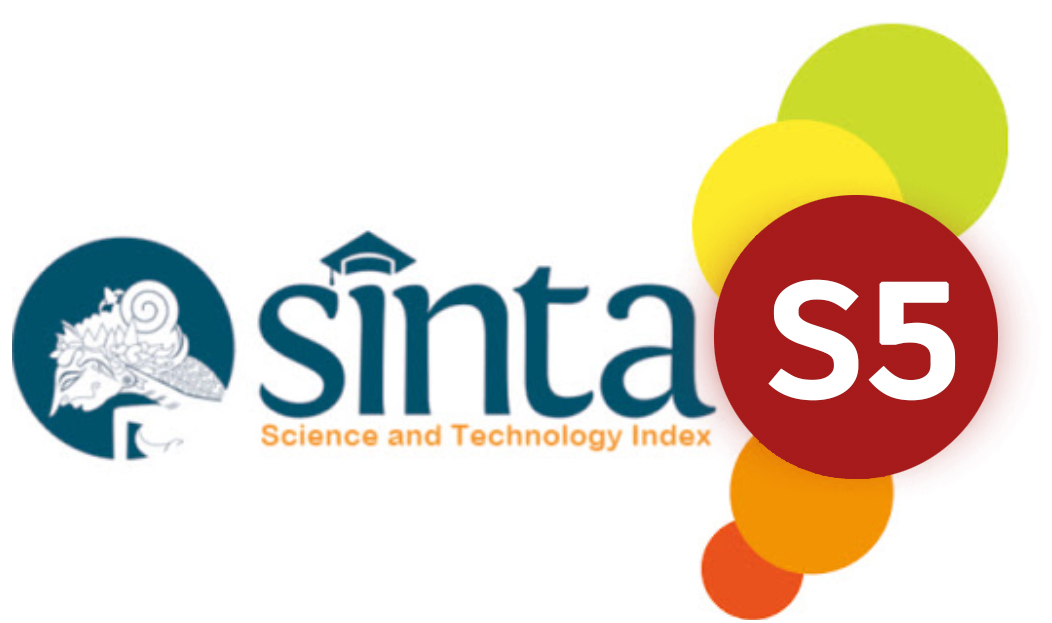Analysis of the Impact of Coal Mine Acid Water on River Water Quality, Biota, and Human Health Around Mining
Abstract
Acid Mine Drainage (AMD) or Acidic Acidic Drainage (AAT) is a type of water runoff that happens when certain sulfide minerals in rocks come in contact with water and oxygen, triggering an oxidation process that results in water with acidic properties. To understand more about this phenomenon, a literature review was conducted using relevant keywords on online information sources. The indicators used to measure the level of acidity in mine water include pH, metal concentration, Total Suspended Solid (TSS) or turbidity level, electrical conductivity, sulfate, and sulfuric acid content. High electrical conductivity in mine water usually indicates the presence of metals such as Iron (Fe) and Manganese (Mn). High levels of Manganese (Mn) in water can cause human health problems. Moreover, an increase in the concentration of Iron Metal (Fe) can cause an increase in turbidity or TSS because iron metal can dissolve in air and form solid particles that can cause turbidity. Passive or active treatment techniques can neutralize AMD to reduce acidity and environmental pollution.


















